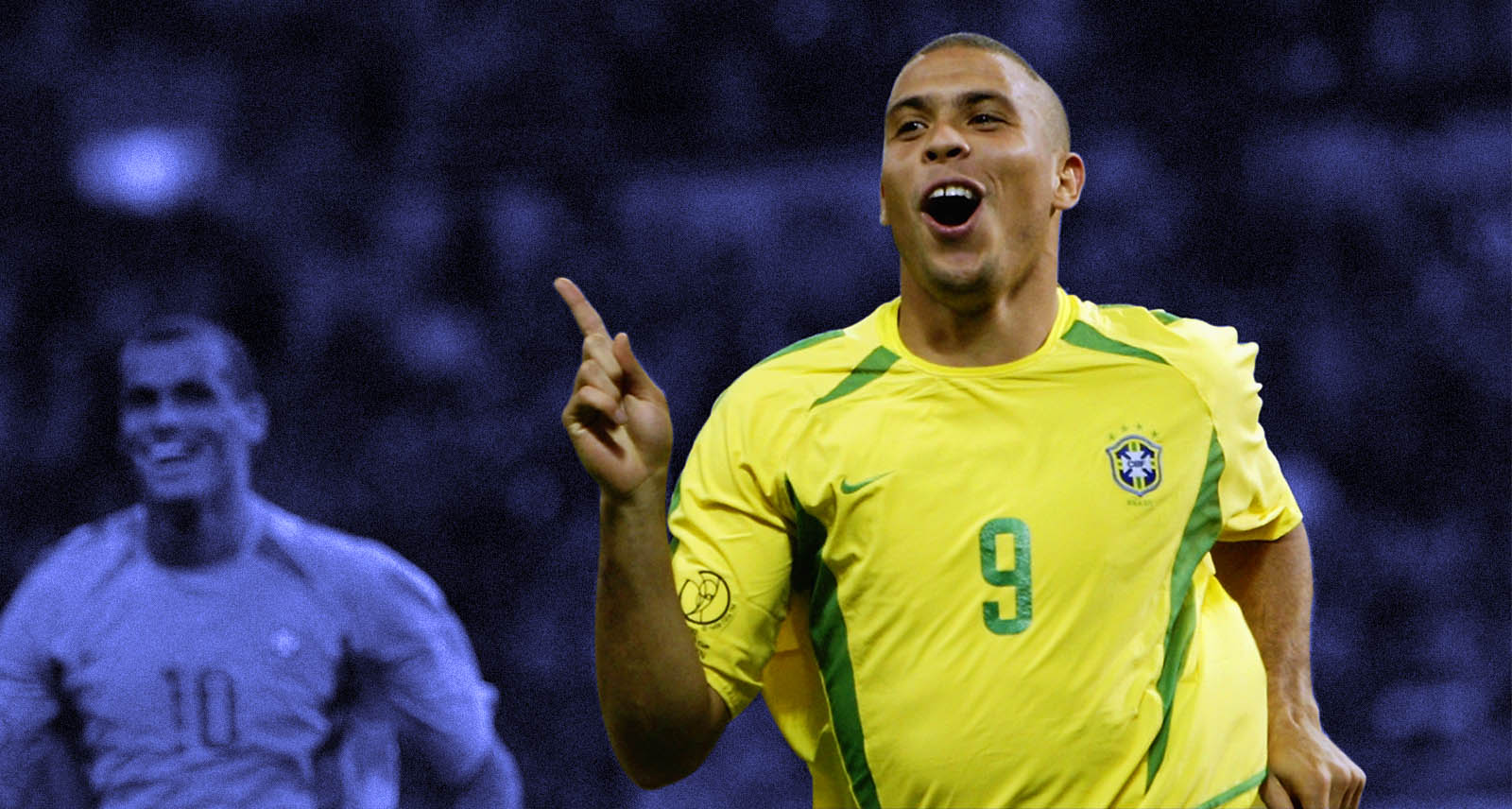Brazilian Football Is No Longer Beautiful — Here’s Why That Matters
I will go to my grave, foot wedged firmly at death’s door, adamant that the best footballer I ever saw was Ronaldo. No, not the mahogany-coloured, Portuguese, ab-fabulous, hair gel dispensary Cristiano, but Ronaldo of Brazil — The Phenomenon — or, as he was called by his countless talented but still reverent teammates, The President. Before we continue, just watch this (I promise there is a reason):
Don’t worry, this isn’t a hagiography of Ronaldo, a man now several years into retirement after concluding his career in a tubby, has-been haze back in his homeland. No, it’s more of a eulogy to the death of a version of Brazilian football that shows no signs of ever coming back.
Because here’s the thing: as the semi-finals of the Copa America Centenario wrap up today, there will be no Brazilian team lining up. For the first time since 1987, Brazil failed to progress out of the group stages of a competition they have won four times in the last seven stagings. And in a country where winning is an absolute requirement, where any deviation is deemed sporting heresy, it’s hard not to look back on the teams that dazzled so brightly between 1997 and 2006 and yearn for a time when Brazilian football was still joyful, expressive and yet crushingly effective.
For the past 40 years it has been a stellar nursery, spitting out star after star that shone bright in the sporting prime-time sky: Garrincha, Pele, Zico, Socrates, Rivellino. Today, outside of Neymar, who is there who could stand alongside the likes of Ronaldo, Roberto Carlos, Rivaldo, Ronaldinho, Cafu and Romario in the Selecao line-up? Make no mistake: the team that lost to 1-0 to Peru (handball or not) is the tail-end of a footballing turd that can be traced back to before the iconic 7-1 rout to Germany at the 2014 World Cup. When the likes of Ronaldo, Ronaldinho, Kaka and Roberto Carlos left the international stage, so did the most joyous and entertaining brand of football the world had seen.
I miss it.
•••
Growing up in the 1990s — whether in Manchester, England, like yours truly, or in another football-worshipping enclave of the world — there were only a few ways to get a glimpse at the stars of world football. You could catch a game on television, be there in the flesh, or, in the case of Ronaldo and Brazil’s endless conveyor belt of talent, watch Nike commercials. They would come on randomly, these minute-long treats, and make whatever show you were actually watching seem infinitely duller by comparison. Inevitably, you’d spend the next day attempting (and failing) to recreate every sick trick and flick on the playground. Yes, Nike made commercials with other stars (most famously one involving a secret tournament on a container ship in which a more-flamboyant-than-ever Eric Cantona played the referee), but it was always the ones featuring the Brazilian national team that were most inspired. Take this one:
Or this one:
The point of these commercials — aside from, you know, selling $200 cleats — was to remind you that football should, above all else, be fun. The message was that Brazil knew this, and win or lose they’d take a hardline in sticking to a brand of football akin to a non-staged version of the Harlem Globetrotters. It perpetuated the romantic, well-tread creation myth of Brazilian football: that the reason their players possessed so much creativity, their games filled with so much ecstasy and elation, was that they had honed their skills in the slums and on the beaches playing with rotten oranges and rolled-up newspapers. Was that mostly bullshit? Sure. But did the team play in a way that gave a whiff of credence to that baloney? You bet.
The Selecao team at this year’s Copa America was an interstellar mile removed from this. The Brazil of years past played with pure wanderlust — a buccaneering approach that sneered at things like “defending” and “systems” en route to a second-place finish in the 1998 World Cup and a memorable win in the 2002 edition. But none of that free-flowing grace was anywhere to be found in the latest squad’s flat-footed group stage performances against Ecuador and Peru.
Brazil’s stylistic demise can be traced back to Dunga appointment as head coach in 2006. A combative yet wholly uninspiring midfielder in his own playing days, Dunga took that insipid style and instilled it upon a generation of Brazilian football players not quite as talented as the last. The result? A quarter-final exit in the 2006 World Cup, followed by a desultory showing in the 2010 tournament. Dismissed, Dunga somehow returned in 2014 for a second spell in charge, only to be fired this week for failing in the Copa America — his vanilla coaching rendering the Brazil of 1958 to 2002 a faded memory.
Today, Brazil are no longer world-beaters, and the leading teams are Spain and Germany. Both have won World Cups and European Championships in the last decade — and yet both are among the most tedious teams to watch. Of course there is something to admire in the effectiveness of Spain’s military-grade pass carousel, or the cold, direct, Teutonic efficiency of Germany’s laser-guided game. But does it inspire? Absolutely not. I’d wager there are no kids running out with a ball at their feet during recess pretending to be Toni fucking Kroos (effective as he may be).
In trying to play catch up with the Spains and Germanys of football’s new landscape, Brazil under the likes of Dunga forgot its identity. By attempting to birth a doppelganger to Europe’s version of the beautiful game, Brazil produced a baby so ugly you’d wished they’d locked it away in a basement. The world needs Brazil to return to its old ways, not try to tread the paths others have started laying down for them.
Selfishly, I just want the Brazil of my childhood back.










